Omnia Elalfy interviews Abeer Saady for Arab Reporters for Investigative Journalism
ARIJ makes safety advice video available in Arabic.
Abeer Saady, a war correspondent, media consultant and trainer, has about two decades of professional experience covering events in conflict areas in the Middle East, Africa and Asia. Abeer has gained an international reputation for media development and training in conflict areas. During her tenure as Vice President of IAWRT, the association has carried out many training activities in countries in Africa and Asia.
IAWRT has already prepared the journalist’s safety handbook published by the International Association of Women in Radio and Television. In your opinion, what are the most important points regarding the safety of women journalists in this region that must be taken into consideration?
Journalists are exposed to two kinds of attack, first of all they are being targeted as a journalist. We know that the world has become a very tough place for media professionals of both sexes in general. Second, there is the gender-related attack, which includes more threats, to women journalists as women. Such threats include harassment, for example, harassment of journalists in the workplace, by sources, or electronic or digital harassment. There are also threats made to the journalist’s own family, which are more likely to be aimed at female journalists working in war and conflict zones.
In my field of work, I focus on the e-threat of journalism, because the world is relying on social networking platforms more widely now, and the journalist is always exposed to some kind of comment or attacks, across those platforms. Often threats to the press which begin via electronic means, may end up killing the reporter, in the worst circumstances. This happened to the Malaysian investigative journalist Daphne Karuana Galizia, who participated in the Panama Papers report, a large investigative project in which journalists from all over the world participated. Those who killed her started by sending electronic threats.
I would like to point out that any kind of harassment and electronic threat can be dealt with, and the media outlet in which the journalist works must take responsibility for those threats, and make sure that there are clear policies followed by women journalists in this regard, within each institution.
How can journalists and journalists deal with these risks?
Preparation is the key, and a journalist is professionally prepared. She or he should also prepare for it in terms of security … to ask what the risks are and who is behind those risks. In the case of press interviews, assess whether the meeting places are safe or not. Because of her or his identity, such as nationality, gender and race, assess whether or not identity issues can be hidden or dealt with, or if they are inherently unchangeable, the journalist therefore decides not to do so.
The journalist must take into account all the details during the execution of her or his journalistic functions, as a means of moving to the site of the event, the paths s/he takes along the way, the question of surveillance, whether it is electronic and whether there are cars following or not. It is important that the journalist does not publish all the information on electronic communication platforms and classifies information according to sensitivity and privacy. Finally, I would like to emphasize the psychological integrity of the journalists. If you are conducting an investigation like the ARIJ network, these investigations put us under great psychological pressure, and we have to know that the person is a doctor to her or himself. Do not forget that we also have to live a normal life alongside the professional life..
Based on your experience … What are the most important skills that need to be available to a journalist specializing in war and conflict areas?
The most important skills are those related to journalistic work in general, along with good experience and constant attendance at the occupational safety courses, as well as constant access to the latest things related to this, even the first aid courses, these things became necessary, and there are many courses related to mental and physical safety, First aid courses, and most importantly, the journalist has the skill to assess risks and how to deal with them.
A video in Arabic with Abeer’s advice to investigative journalists is available from ARIJ Network on Facebook
Key Video Points
- It is wrong to think that investigative reporters are in less danger than journalists covering conflicts
- An investigative reporter should start his/her mission by a identifying risks and do a good needs assessment
- She/he should do profile management because some aspect of profile may endanger her – a gender issue, for example
- Then build a good communication plan to make sure the editor or colleague is following up every time she does a dangerous assignment
- Travel safety means moving around to collect data of the story.
- legal safety is very important for investigative reporters -verifying information and data is a must as a heavy price may be paid for any fault.
- All information should be archived and kept even after the report is published
- Don‘t publish information from your investigative report or exchange it on social media until you are finished -then publish it.
Finally Abeer stresses that safety comes first and that there is no story that is worth our lives, pointing to the death of famous colleagues such as Daphne Galizia and Gauri Lankesh

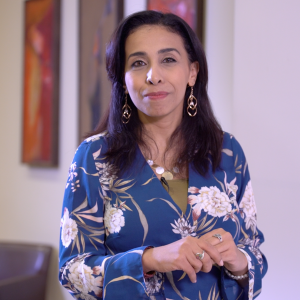
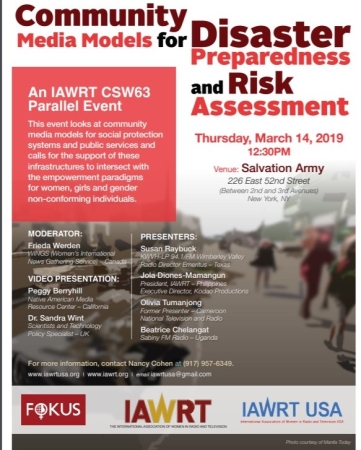
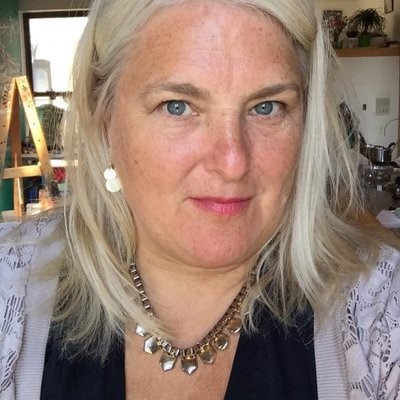
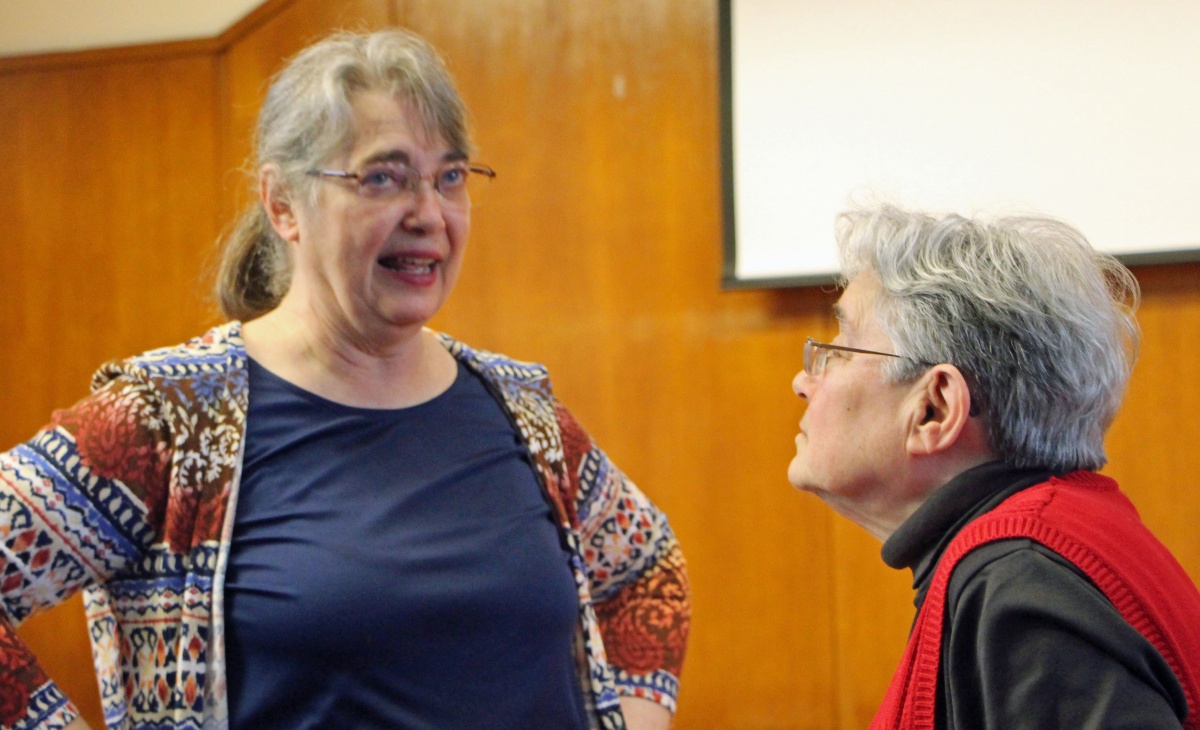 Frieda Werden, founder of Women’s International News Gathering Service (WINGS) and a member of the IAWRT-USA chapter, moderated the panel. She said in a climate disaster “you need to be able to communicate and to communicate your needs,” when introducing the first speaker, Susan Raybuck of KWVH 94.1/FM Wimberley Valley, Texas. She was granted a license by the Federal Communications Commission to broadcast during a climate emergency on a low powered FM radio.
Frieda Werden, founder of Women’s International News Gathering Service (WINGS) and a member of the IAWRT-USA chapter, moderated the panel. She said in a climate disaster “you need to be able to communicate and to communicate your needs,” when introducing the first speaker, Susan Raybuck of KWVH 94.1/FM Wimberley Valley, Texas. She was granted a license by the Federal Communications Commission to broadcast during a climate emergency on a low powered FM radio. 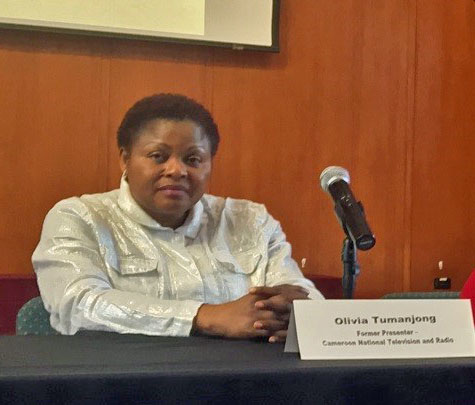 Olivia Tumanjong is a former presenter on Cameroon National Radio and Television and is now a member of the US chapter.She said community radio in Cameroon started by UN Women creating radio stations in early 2000. Radio stations were set up by UNESCO in rural communities for women, which sent out message about women for women and by women; at the height of the program there were somewhere between 100-200 stations. The stations worked for a long time before the media landscape changed and opened up to private media – before that only there was state owned media. Many of the UNESCO radio stations lacked funds and had to seek corporate funding becoming commercialized, and often gave out information that benefited funders rather than public.
Olivia Tumanjong is a former presenter on Cameroon National Radio and Television and is now a member of the US chapter.She said community radio in Cameroon started by UN Women creating radio stations in early 2000. Radio stations were set up by UNESCO in rural communities for women, which sent out message about women for women and by women; at the height of the program there were somewhere between 100-200 stations. The stations worked for a long time before the media landscape changed and opened up to private media – before that only there was state owned media. Many of the UNESCO radio stations lacked funds and had to seek corporate funding becoming commercialized, and often gave out information that benefited funders rather than public. 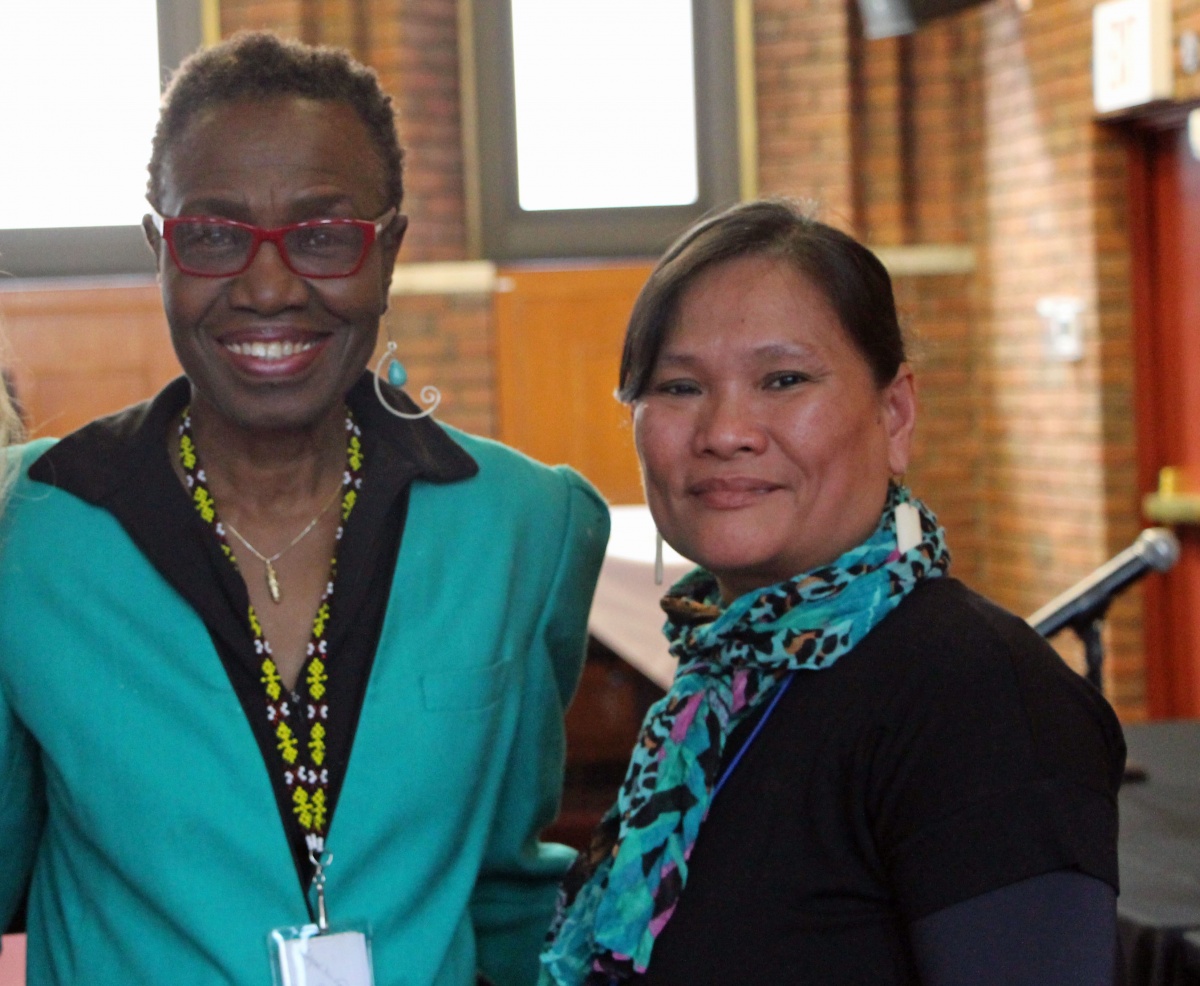 Through a multimedia presentation, Jola Diones-Mamagun, President, IAWRT Philippines
Through a multimedia presentation, Jola Diones-Mamagun, President, IAWRT Philippines 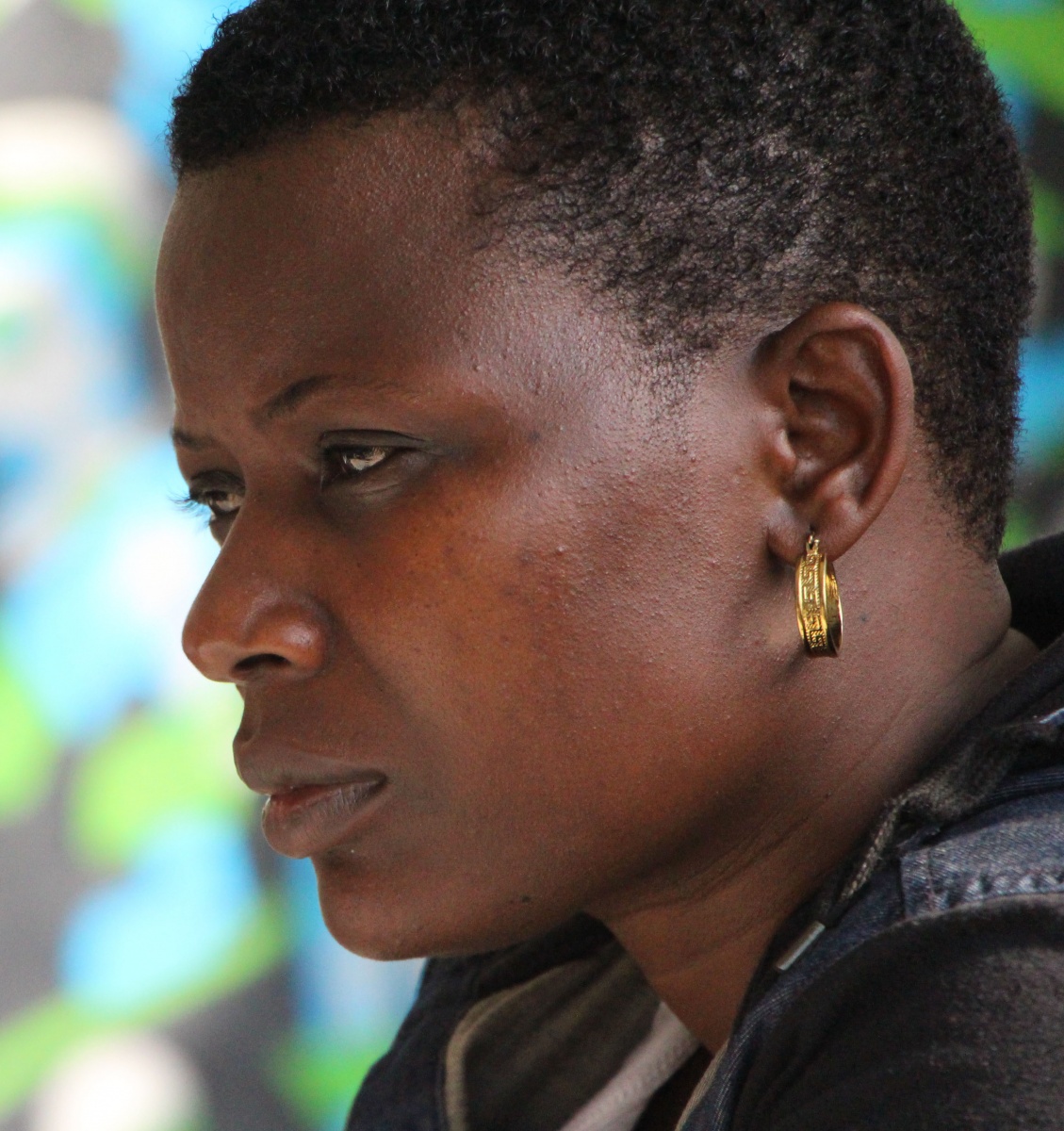 Nankwanga Eunice Kasirye, chapter head from IAWRT Uganda welcomed the room by drumming, and later talked about the devastating losses when rains come to Uganda and often as many as a 100 people die and farms and schools get washed away.
Nankwanga Eunice Kasirye, chapter head from IAWRT Uganda welcomed the room by drumming, and later talked about the devastating losses when rains come to Uganda and often as many as a 100 people die and farms and schools get washed away.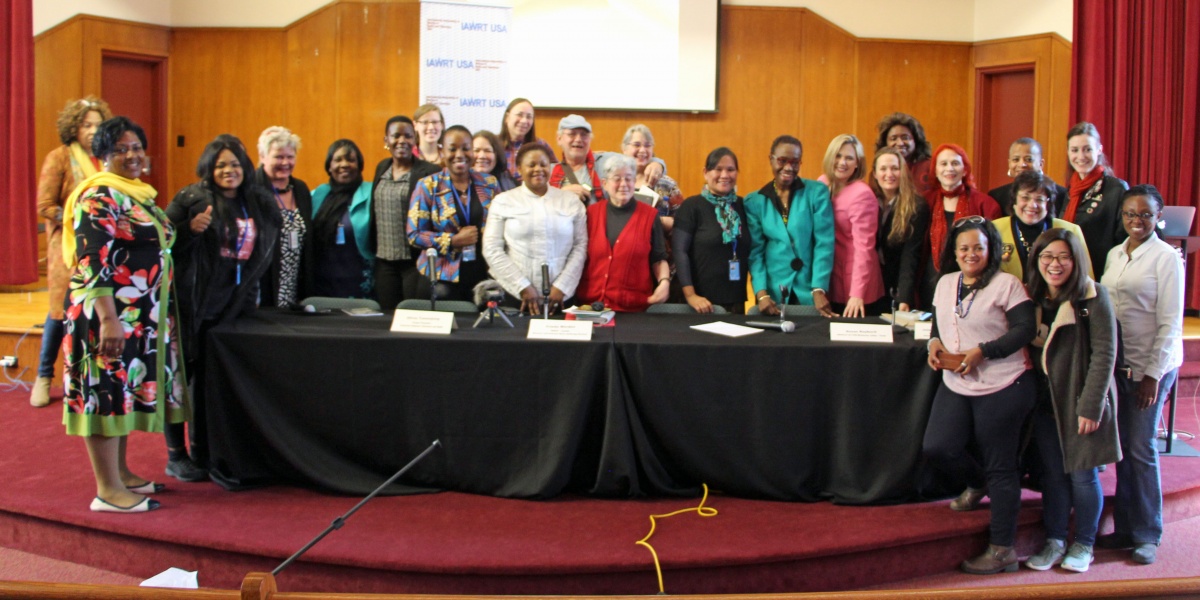
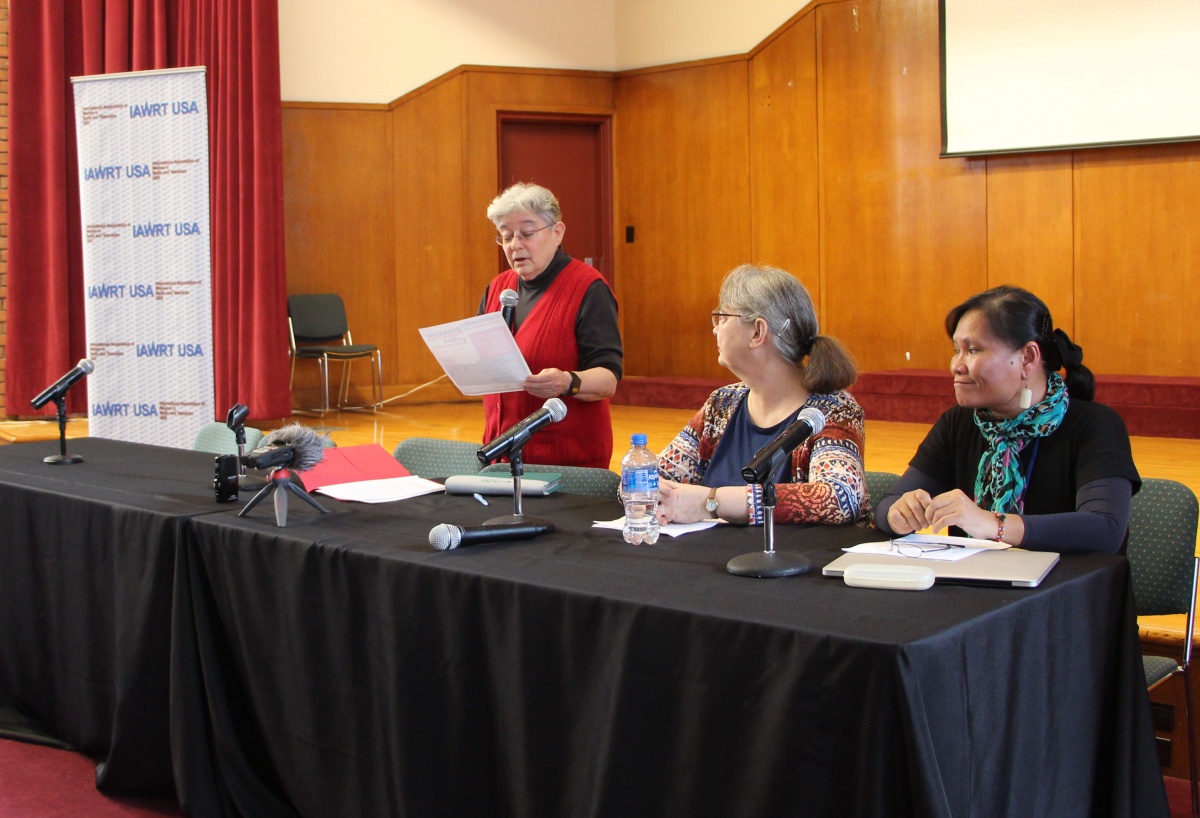

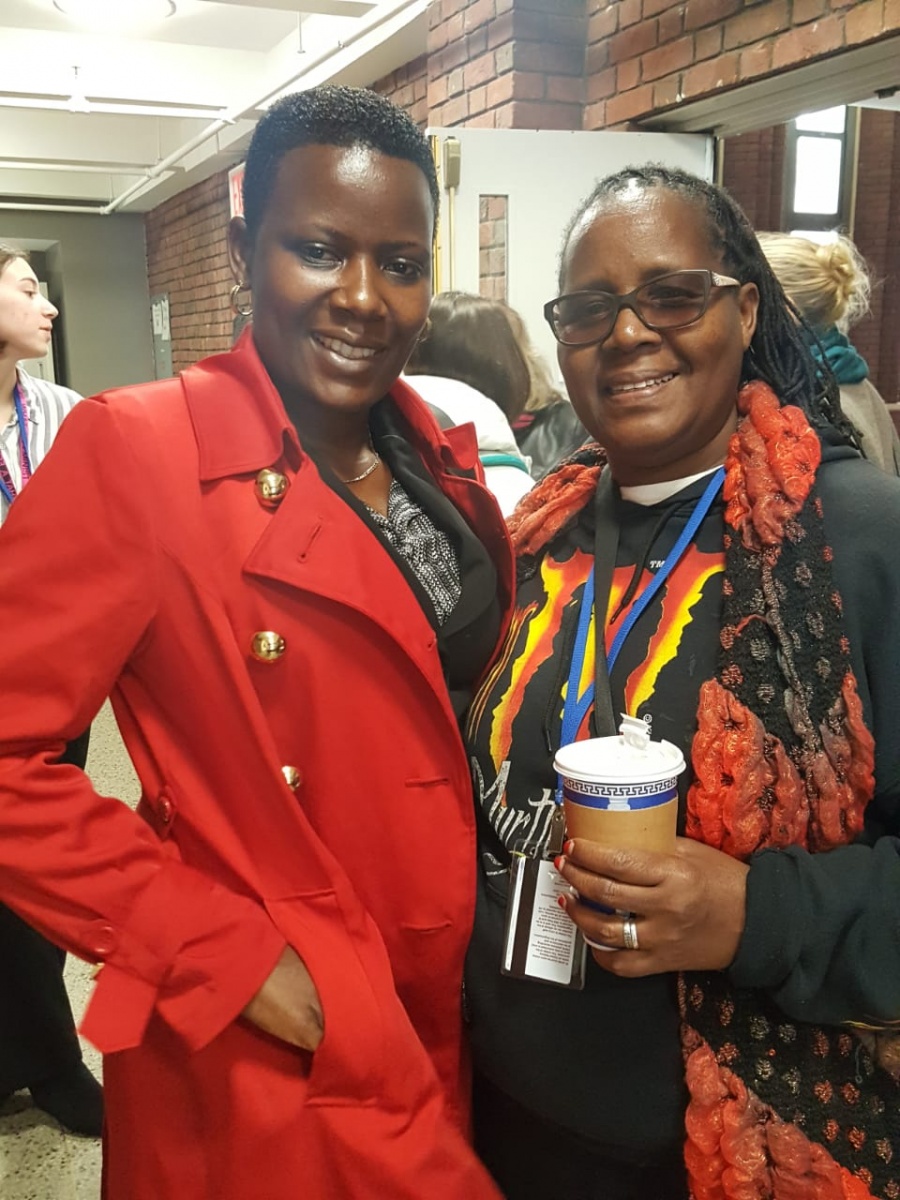
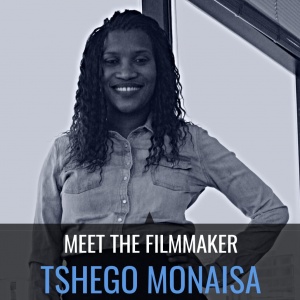
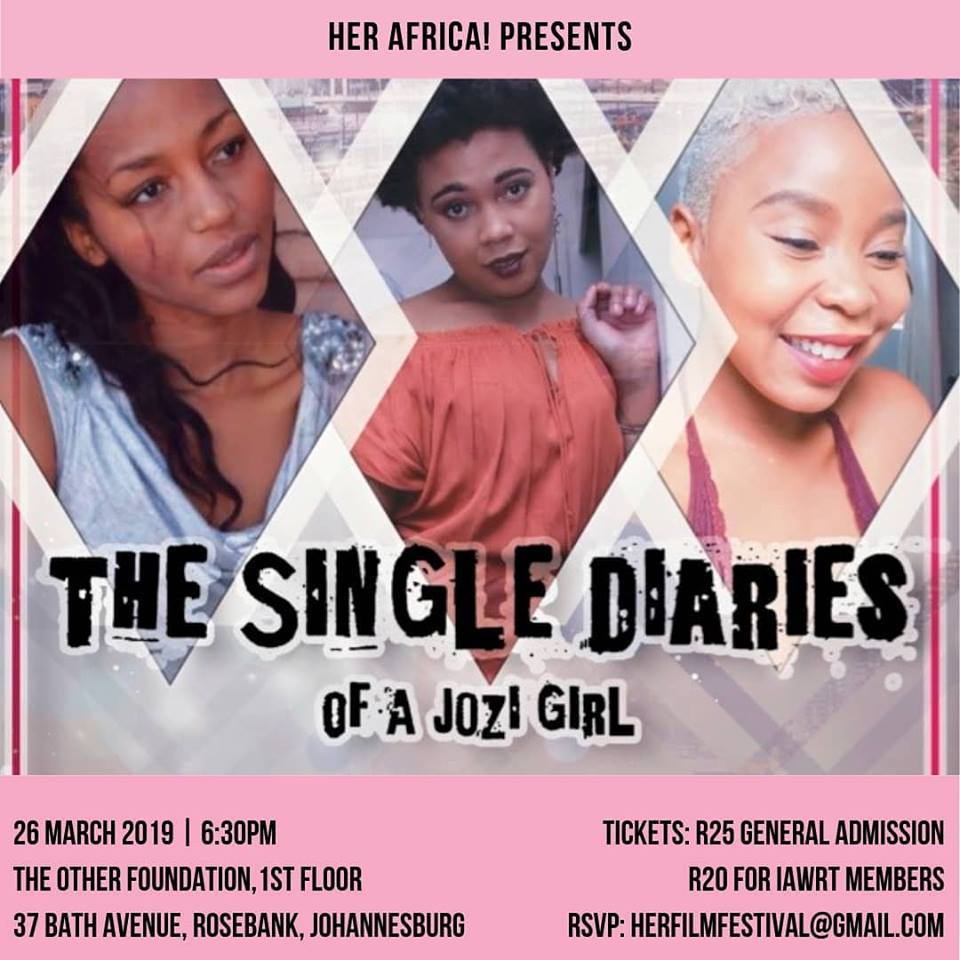 The diarists are: Lesedi, a dancer who is dating her dance partner, Nicholas. When Lesedi realizes that Nicholas considers her nothing more than a “dance partner with benefits,” she breaks up with him. She meets Thato, an investment banker who is besotted with her but when Thato asks Lesedi to open up a dance school together, Lesedi thinks that Thato was using her to benefit his career. However, this is not the case, and she has to learn to trust him.
The diarists are: Lesedi, a dancer who is dating her dance partner, Nicholas. When Lesedi realizes that Nicholas considers her nothing more than a “dance partner with benefits,” she breaks up with him. She meets Thato, an investment banker who is besotted with her but when Thato asks Lesedi to open up a dance school together, Lesedi thinks that Thato was using her to benefit his career. However, this is not the case, and she has to learn to trust him.
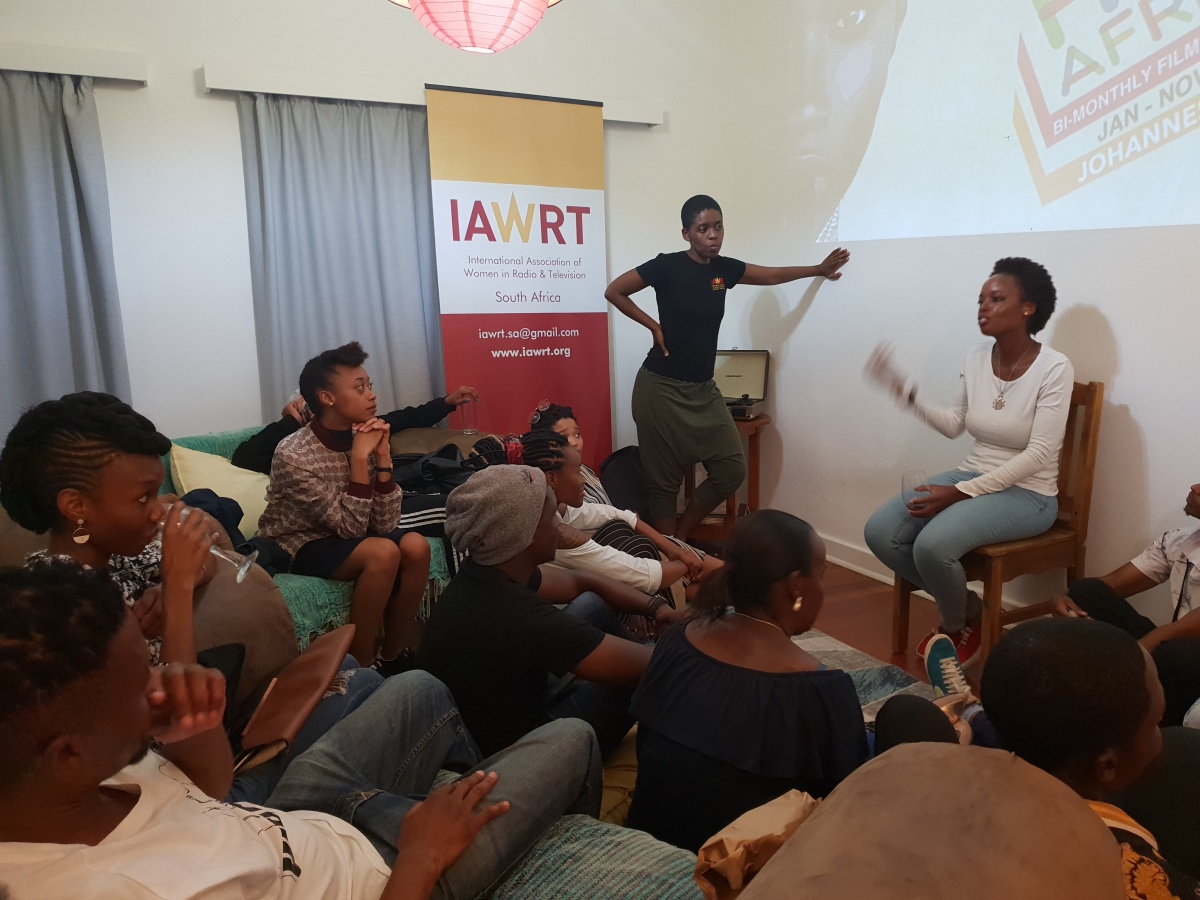 The 2019 pop up cinema had a roaring start with the well attended January screening of Nom’Ay Matola’s poignant ‘The things we harbour’. She wrote and direcyed the short film about t
The 2019 pop up cinema had a roaring start with the well attended January screening of Nom’Ay Matola’s poignant ‘The things we harbour’. She wrote and direcyed the short film about t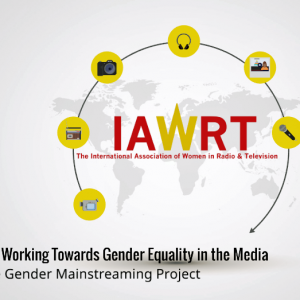
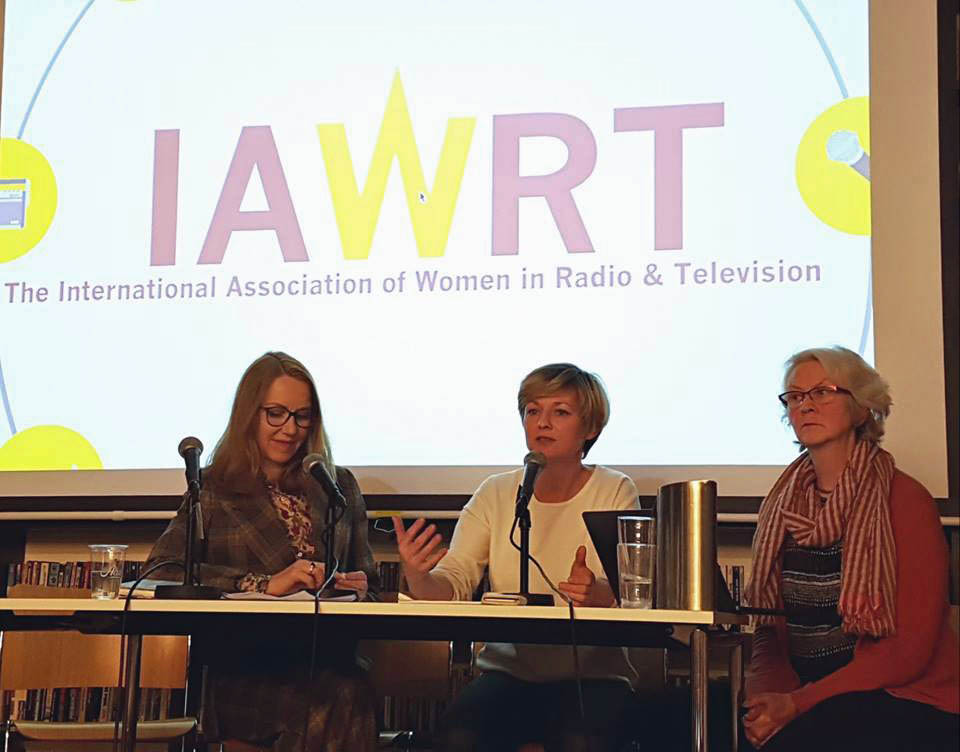 “We [IAWRT] hope it will inspire many of you, our colleagues in the so-called global North, to learn from these examples” Greta Gober says, “but also that it will encourage us to continue sharing experiences of our collective efforts to make gender equality in the media a reality!”
“We [IAWRT] hope it will inspire many of you, our colleagues in the so-called global North, to learn from these examples” Greta Gober says, “but also that it will encourage us to continue sharing experiences of our collective efforts to make gender equality in the media a reality!”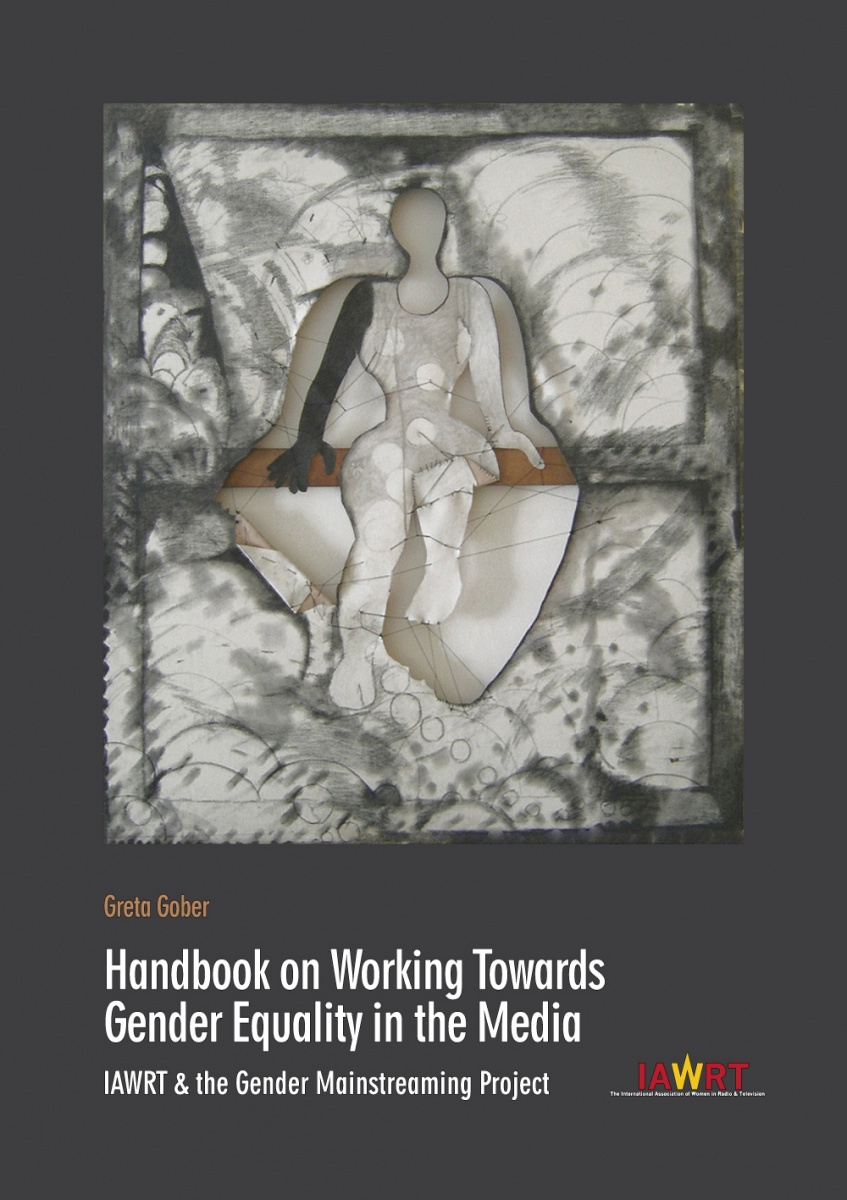
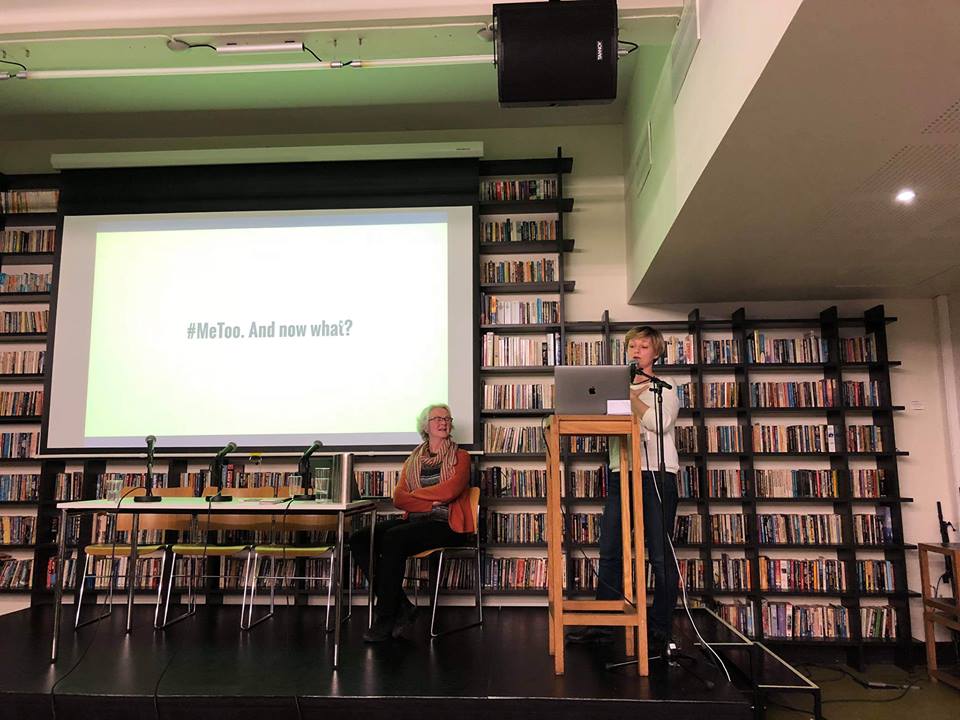 The work presented in the handbook begins with countries in which the Gender Mainstreaming Project was first launched
The work presented in the handbook begins with countries in which the Gender Mainstreaming Project was first launched 





